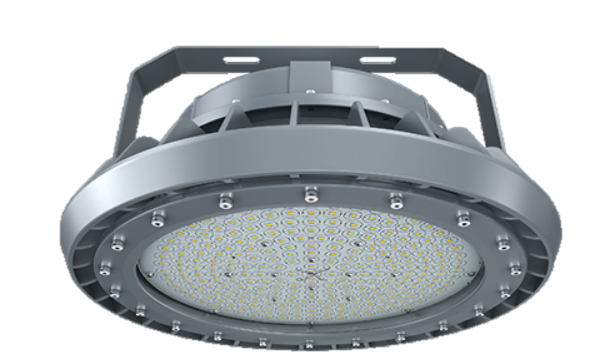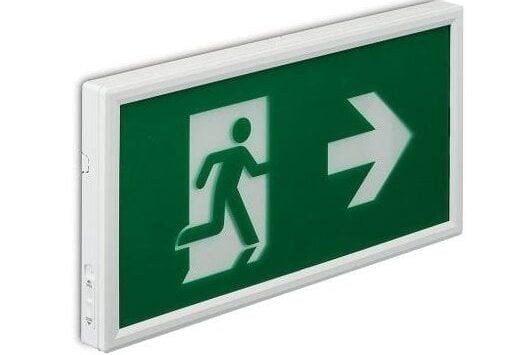7 ways to reduce energy consumption with your lighting system
Lighting is one of the key considerations when attempting to reduce your energy consumption in a home. There are various different types of light bulbs and we use different lights for different situations. Fortunately, there are lots of options to cut down energy consumption with lighting and many of them are quick and easy to implement.
In this guide, we’ll look at 7 things you can do to consume less energy with your lighting system.
Simple tips to reduce energy consumption from your lighting
1. Turn off lights
Many people are rather careless when it comes to switching on lights. Often, we switch them on and then leave the room for a period of time. Remembering to switch the lights off again when you’re not in the room can make a big difference to energy consumption over time.
2. Only use lights when they’re really needed
Try to adjust your thinking about light levels. Certain activities don’t require bright light in the room, so it may not be necessary to turn the lights on. For example, on a cloudy day, it may be a little dull in your living room. But if you’re only watching TV or having a conversation with someone, perhaps you don’t need to brighten the room by switching the lights on.
3. Use energy-efficient light bulbs
LED bulbs consume a fraction of the amount of energy that incandescent or halogen bulbs do. They’re even more efficient (and brighter) than energy-saving bulbs. Not only that, but you’ll get just as much brightness from an LED bulb, and they have a much, much longer lifespan, so there really is no reason not to invest in them.
4. Don’t forget your lamps and other appliances
It’s not only the main lights in your home that you should consider. Lamps can have LED bulbs fitted as well, and you should be remembering to only use them when necessary and switch them off when they’re not needed.
5. Consider higher wattages
In rooms where you find yourself switching on the main light plus one or two lamps, it would be more efficient to install a brighter bulb in the main light. This would achieve the level of light you want with far less energy consumption, so look for a higher wattage.
6. Use natural light wherever possible
If there’s light outside, take advantage of it. Keep curtains and doors open and find ways to promote the spread of natural light so you don’t feel the need to switch on the electric lights during the daytime.
7. Use smart technology
Things like smart bulbs and smart plugs can be programmed to turn on and off at certain times. You may be able to adjust the brightness of a smart bulb to reduce its energy consumption and even turn it off remotely. Smart meters can also be helpful in identifying things that are consuming an excessive amount of energy and finding the cheapest time to have the lights on. Take advantage of these tools where possible.
Final thoughts
You don’t need to make big changes to improve the energy efficiency of your lighting. Some better choices for bulbs and technology combined with some more mindful usage of the lights can make a big difference. Consider the advice in this article to reduce your carbon footprint and save a little on your energy bills.



